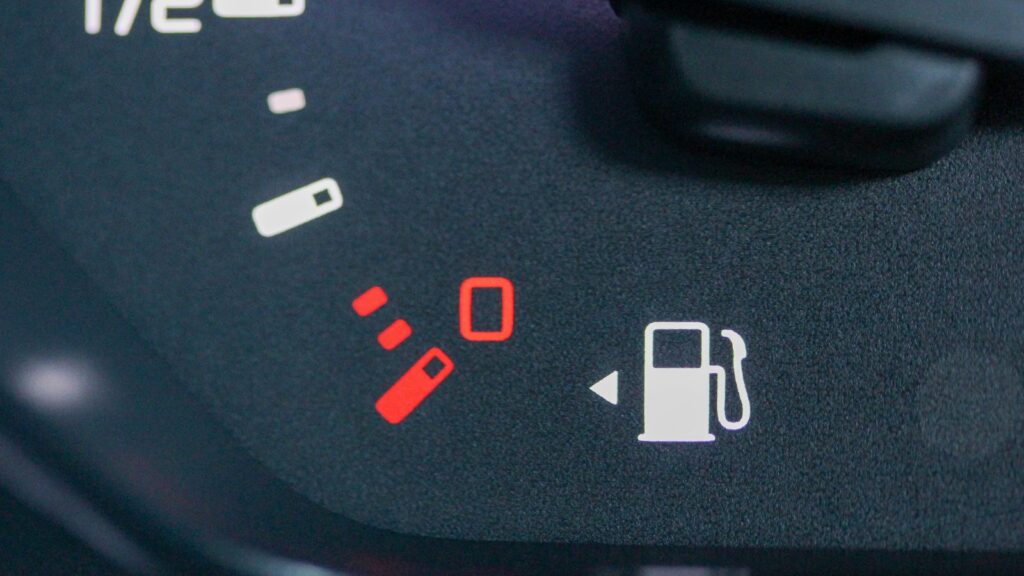It’s one of those tiny details hiding in plain sight. You’ve seen it every time you look at your fuel gauge, yet most drivers don’t even realize what it does. A small triangle sitting next to the little gas pump icon on your dash. To most people it’s meaningless, but in reality it’s a clever piece of design that can save you from one of the most awkward moments at the gas station pulling up to the wrong side of the pump.
The Arrow’s Hidden Purpose
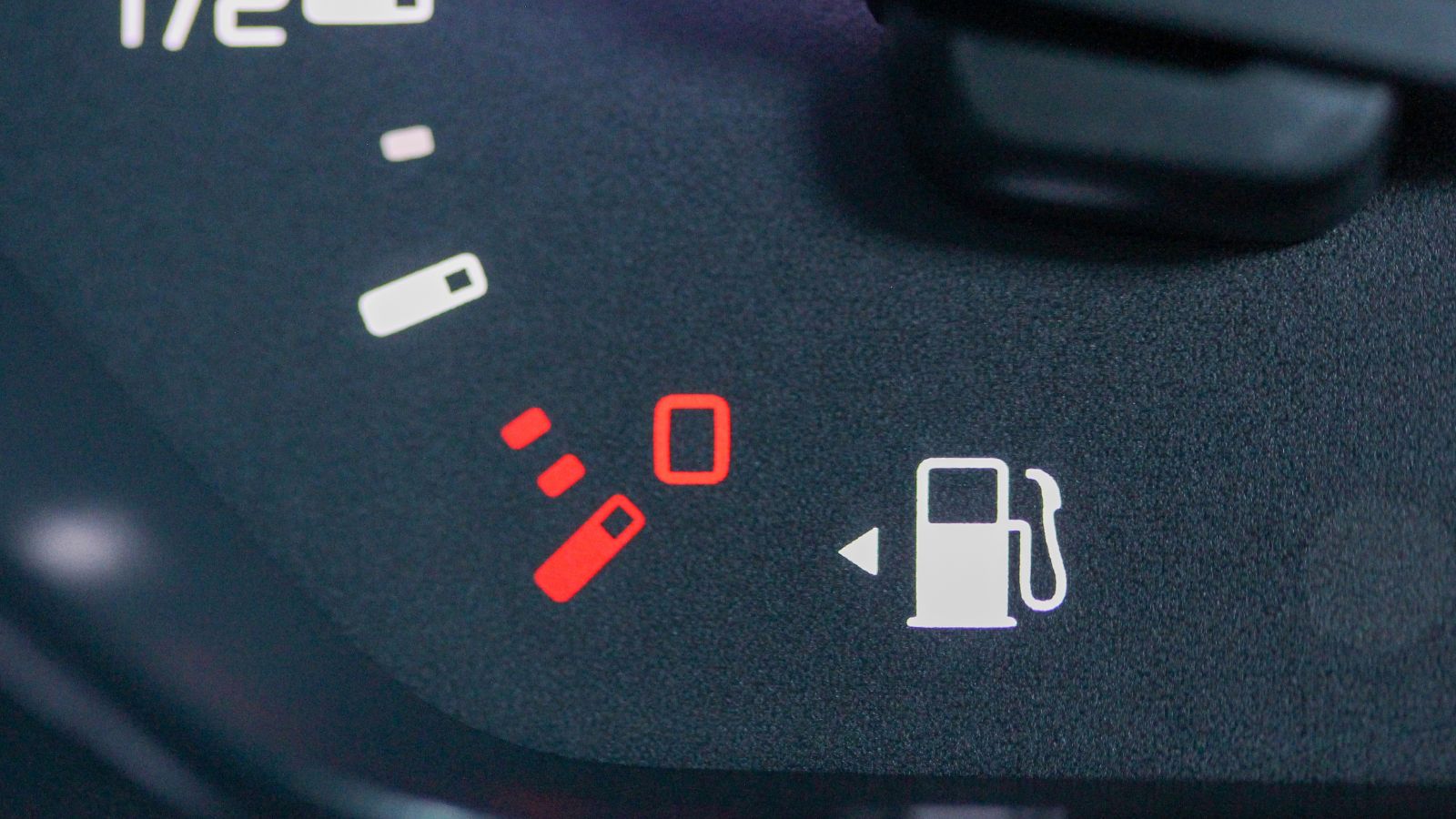
That small arrow isn’t just there for decoration. It’s a silent reminder showing you which side of the car your fuel filler door is on. If the arrow points left, the cap is on the driver’s side. If it points right, it’s on the passenger side. It works the same way across brands and countries, making it a universal cheat code for fueling up. Once you know the trick, you’ll wonder how you ever missed it.
Why It Matters More Than You Think
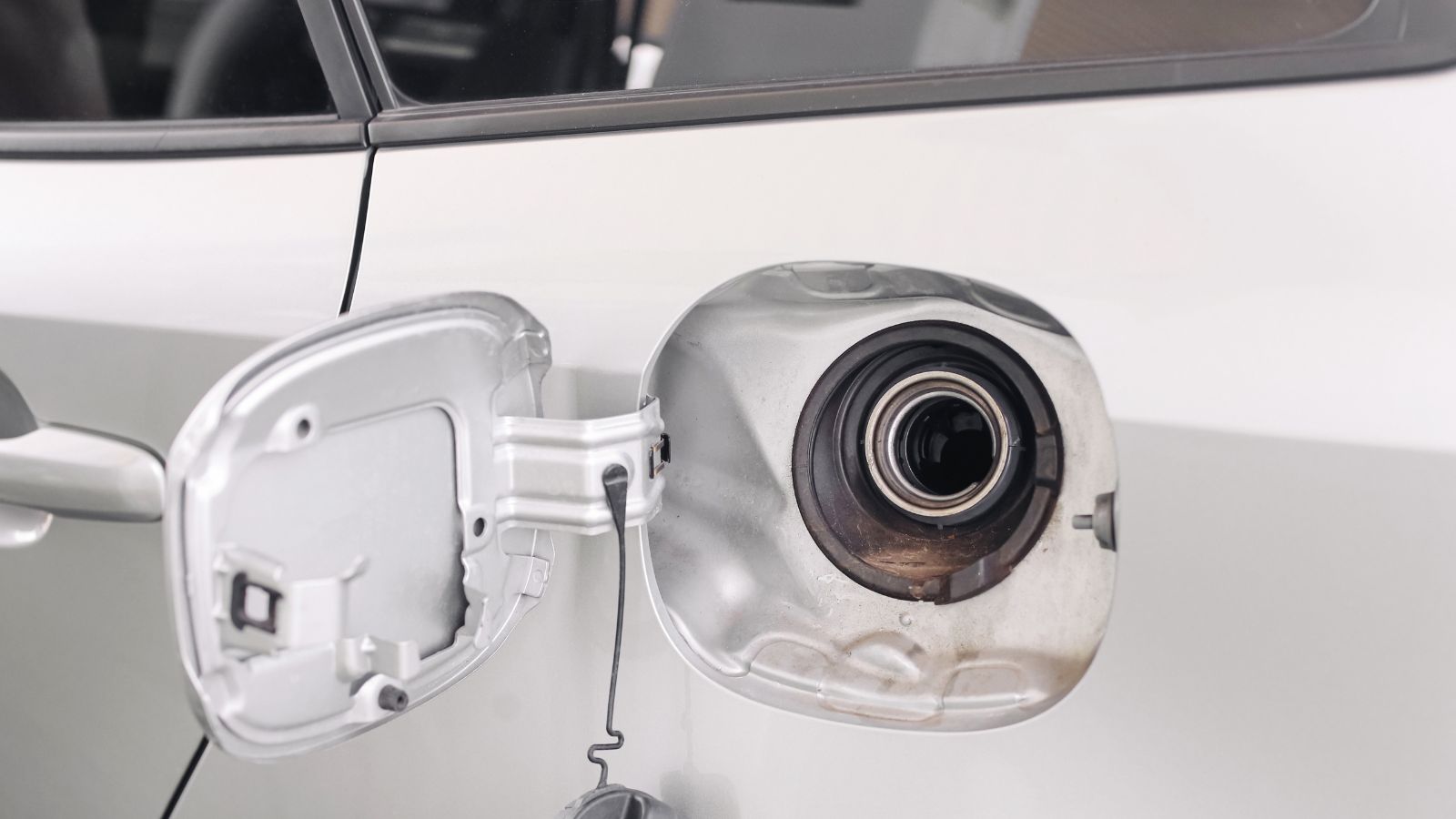
You might think, “So what? I know where my filler cap is.” But the truth is, everyone has had that embarrassing moment when they pull up to a busy station and realize they’re on the wrong side. Maybe you stretch the hose over the trunk and look like you’re fueling a spaceship. Or worse, you get back in the car and drive around in a circle while other drivers laugh at your mistake. The arrow eliminates all of that in one glance.
It’s especially handy if you’ve just bought a new car, borrowed a friend’s, or are behind the wheel of a rental. Rental drivers are the worst offenders lining up at a pump, confidently hopping out, only to discover the cap is on the opposite side. That little arrow has saved countless vacationers from frustration and a few red faces.
Not Every Car Used to Have It
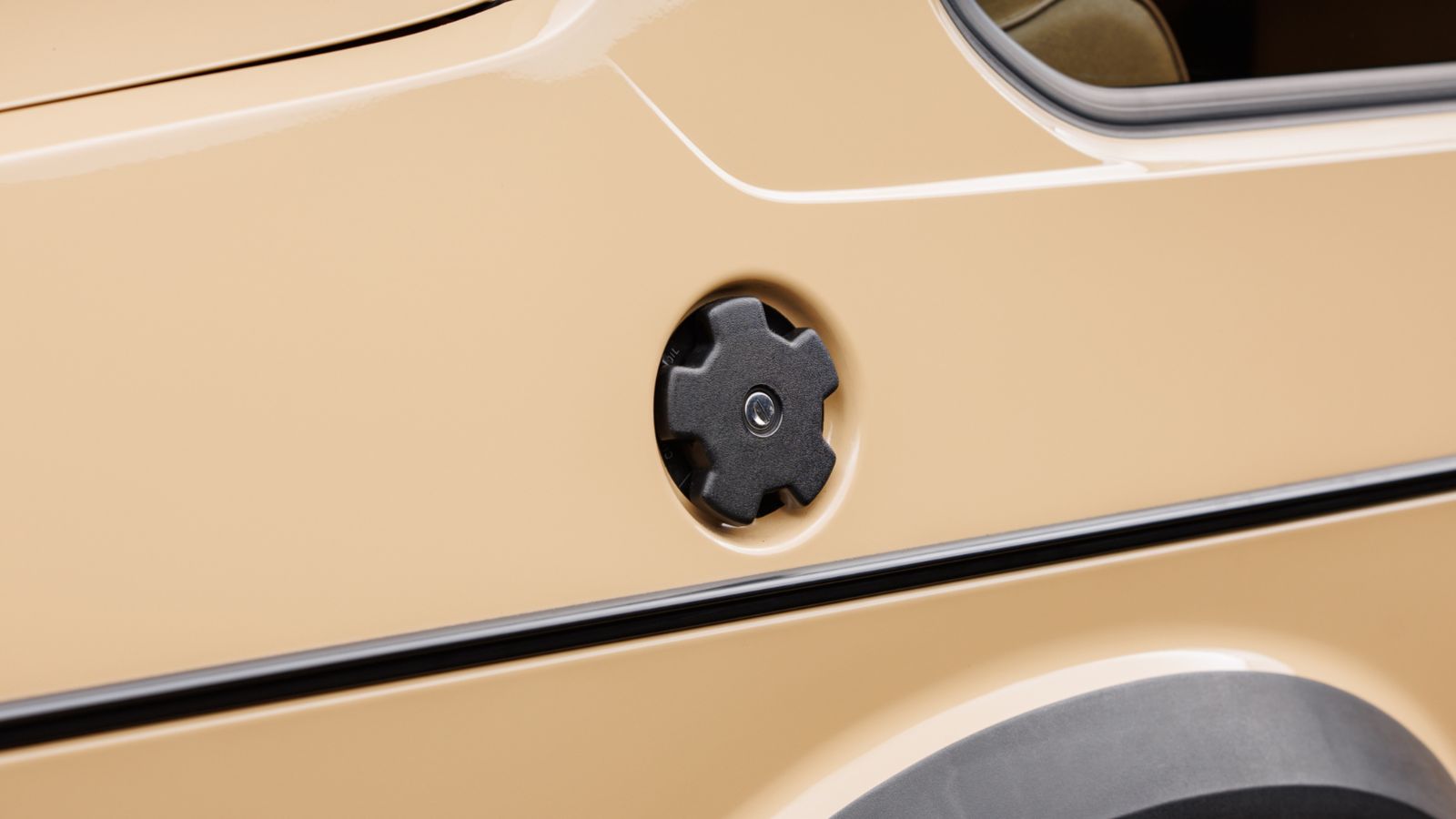
The fuel flap arrow seems like common sense today, but it wasn’t always around. If you drove in the 1980s or early 1990s, there’s a good chance your car didn’t have one. Drivers had to memorize where their filler cap was or lean out of the car to check before pulling in. Rental car companies complained constantly that customers wasted time clogging up stations. By the mid-1990s, most major manufacturers quietly added the arrow to their gauges, and it slowly became a global standard.
Why Filler Caps Aren’t Always on the Same Side
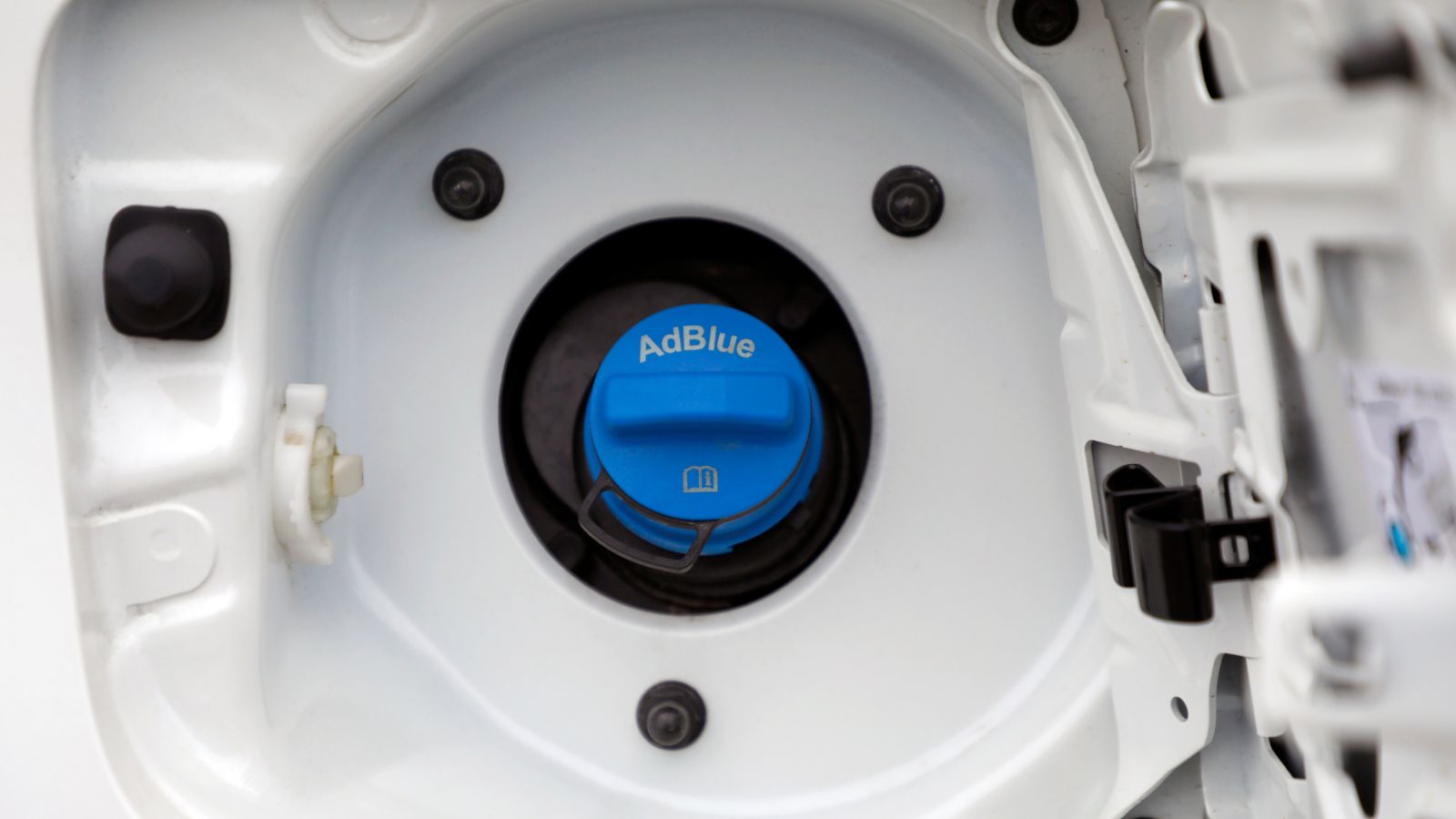
The arrow solves a problem that exists because automakers can’t agree on which side the filler should be. In the United States, many domestic cars place the cap on the driver’s side. European cars often put it on the passenger side. Some manufacturers choose based on packaging or safety design others to make production easier when selling the same car in multiple markets. The end result is inconsistency, which is why the arrow has become such a useful universal reminder.
A Small Arrow, a Big Convenience
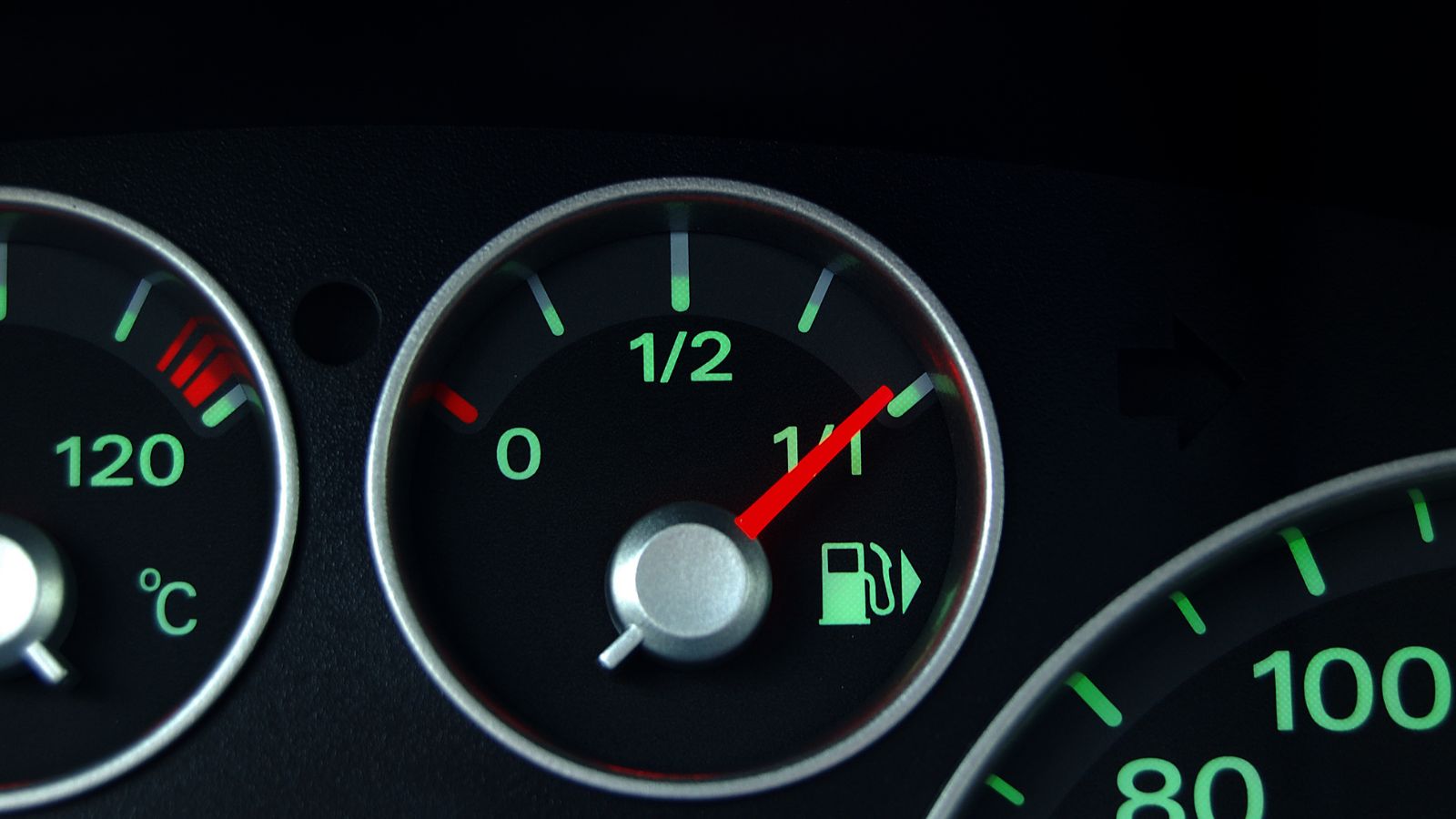
What makes this feature so brilliant is how little space or cost it requires. It’s nothing more than a printed symbol on the fuel gauge, but it saves drivers from daily frustration. Road trippers love it because when switching between cars, there’s no guessing game at gas stops. Long-term owners benefit too it’s one less thing to forget in the heat of a rushed day. For something so small, it has a big impact on smooth daily driving.
The Trick Works Every Time
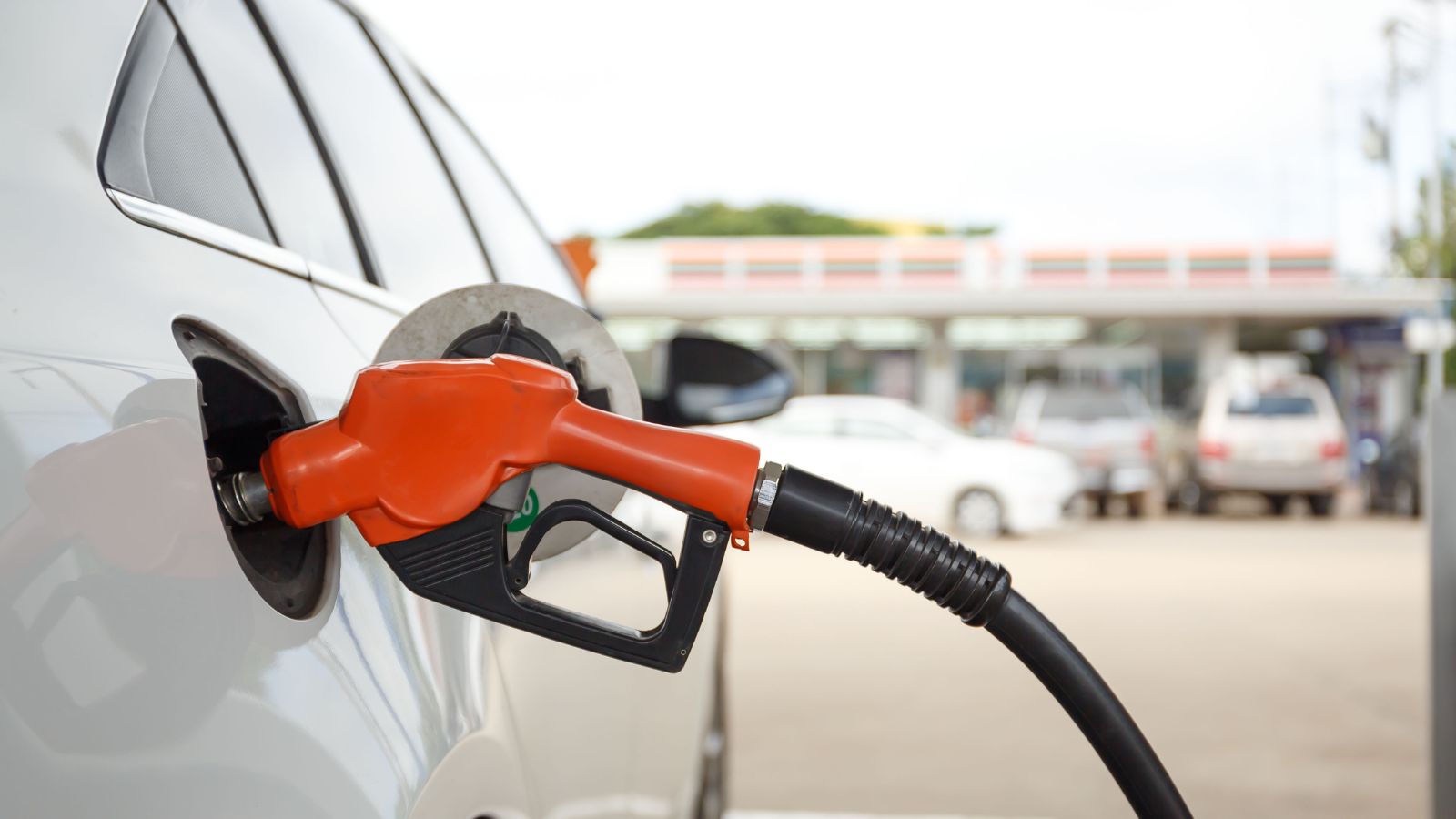
Once you know about the arrow, it’s like unlocking a secret code. You never have to second-guess or memorize filler locations again. Just glance down before pulling into a station. Rental car companies love it because it cuts down on confusion. Families swapping cars in the driveway love it because nobody has to yell, “Which side is it on?” It’s the kind of subtle detail that separates good design from great design.
More Than Just a Party Trick
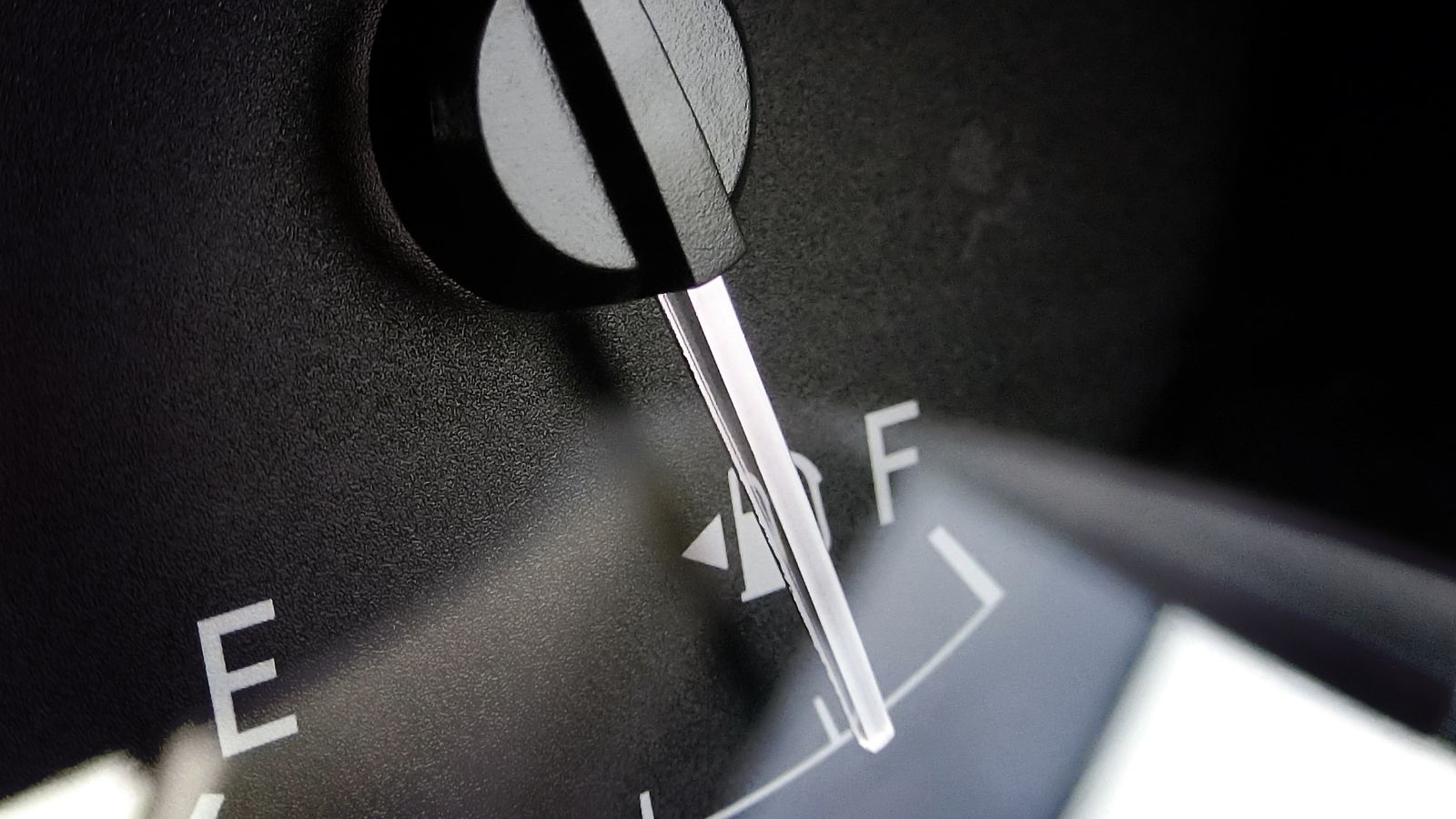
Beyond convenience, it can actually prevent costly mistakes. Trying to stretch a hose across your car risks scratching paint, dripping fuel on body panels, or even causing a spill if you’re rushing. Gasoline is corrosive and can eat through clear coat quickly, so avoiding awkward fueling maneuvers is more than just saving face it protects your car. That tiny arrow might be the cheapest “safety feature” you never knew you had.
The Gauge
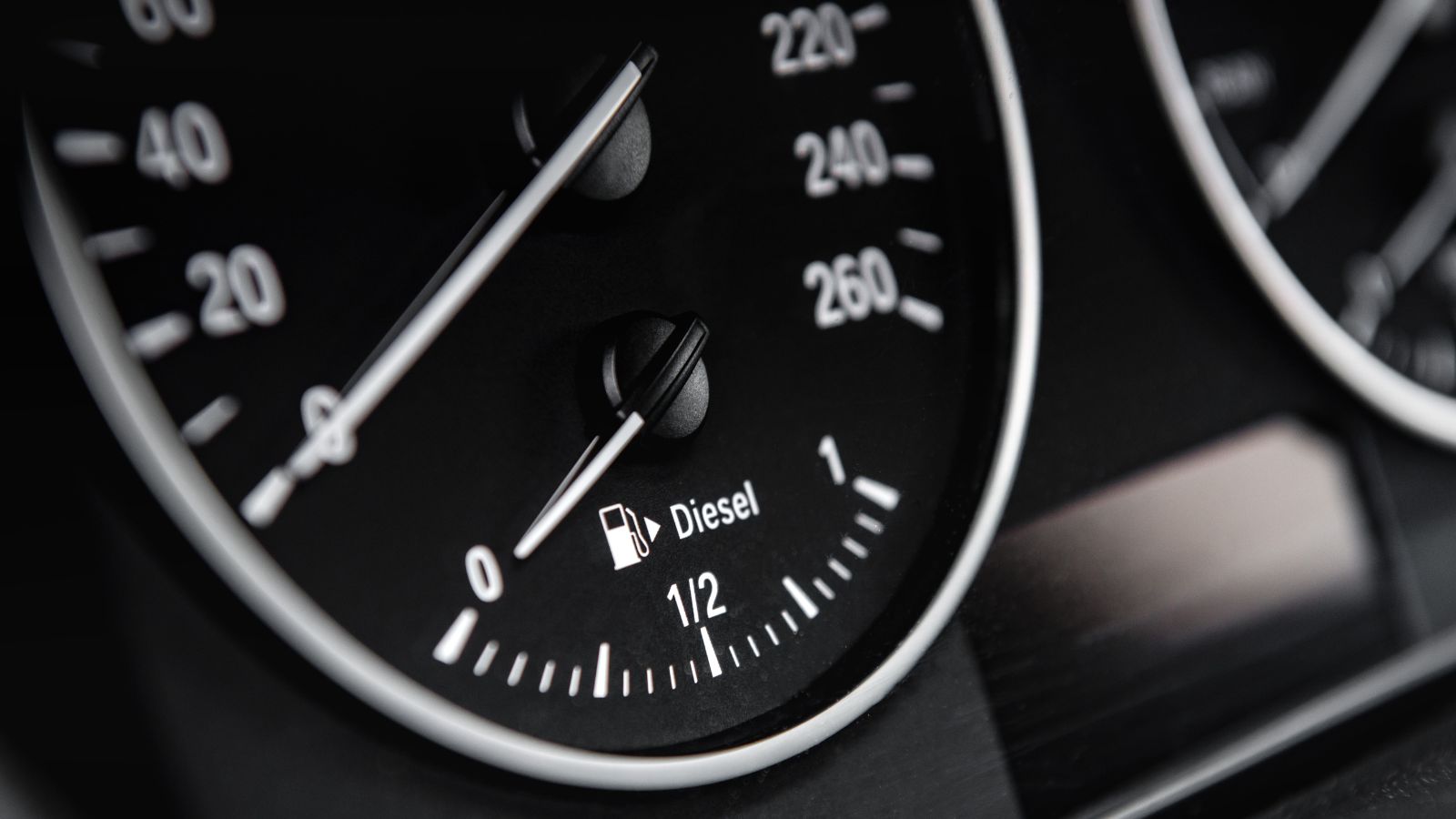
The mysterious arrow on your fuel gauge isn’t a random decoration it’s your built-in guide to stress free fueling. It solves an age-old problem caused by inconsistent filler locations and saves drivers from awkward gas station blunders. Next time you’re behind the wheel of an unfamiliar car, glance at that gauge before you pull in. You’ll fuel up smoothly, look like a pro, and finally understand the secret behind the arrow you’ve been ignoring for years.
25 Facts About Car Loans That Most Drivers Don’t Realize

Car loans are one of the most common ways people fund car purchases. Like any other kind of loan, car loans can have certain features that can be regarded as an advantage or a disadvantage to the borrower. Understanding all essential facts about car loans and how they work to ensure that you get the best deal for your financial situation is essential. Here are 25 shocking facts about car loans that most drivers don’t realize:
25 Facts About Car Loans That Most Drivers Don’t Realize
